Cutting-Edge Developments in AC Coupled Solar System: Industry Trends, Technical Parameters & Application Scenarios
As the global shift toward renewable energy accelerates,
ac coupled solar system solutions are becoming indispensable for homeowners and businesses seeking efficient
solar and storage integration. This comprehensive guide explores the evolution, technical parameters, and future application scenarios of
ac coupled solar system technologies, focusing on
home solar storage advancements, and profiling the PowerTrunk (Micro AC Coupled Unit) by
Headquarters TSUNESS Co., Ltd.
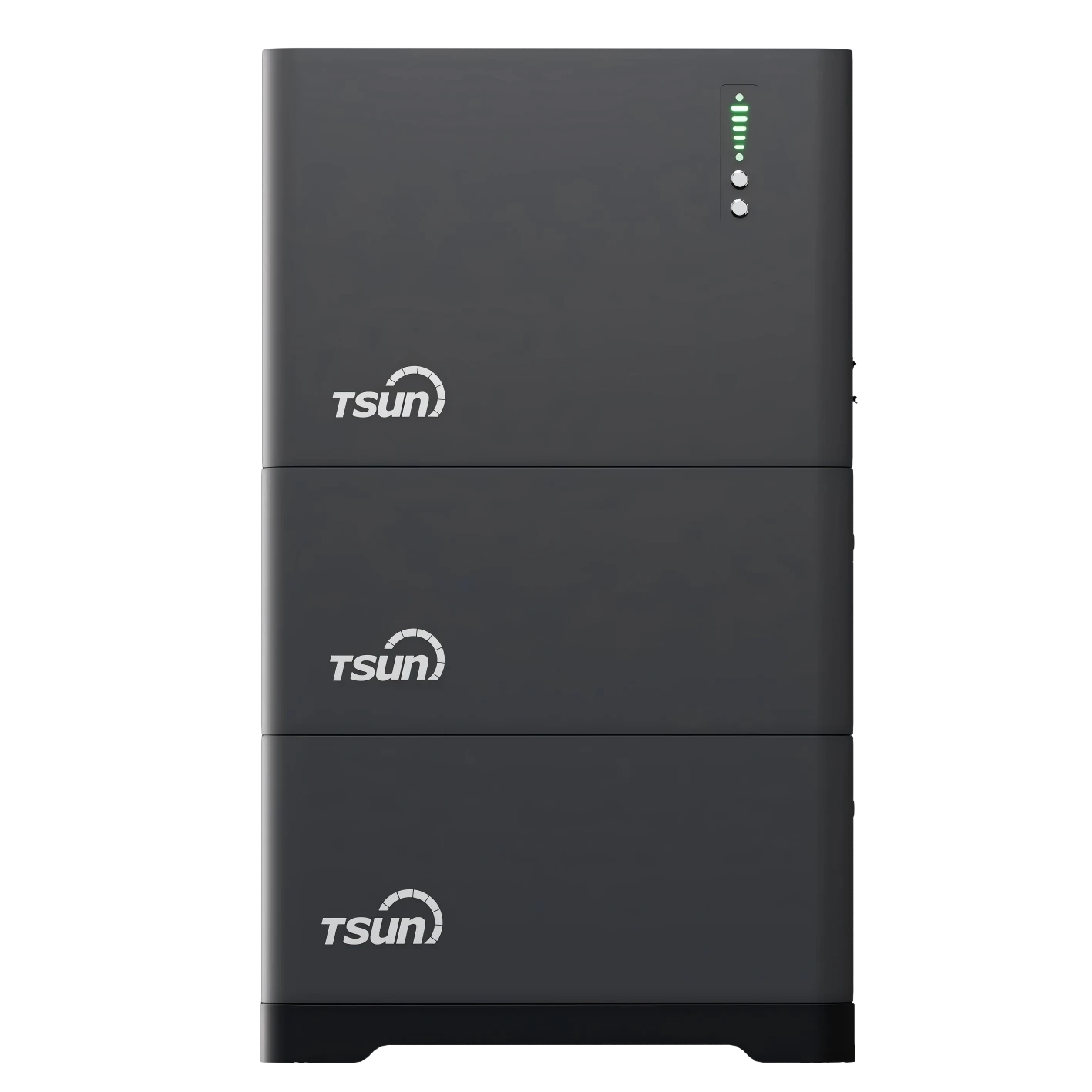
1. Introduction: The Evolution and Importance of AC Coupled Solar System Solutions
The energy storage landscape is undergoing rapid transformation. As policy incentives and falling battery costs enhance the attractiveness of distributed energy,
ac coupled solar system architectures have emerged as a flexible, retrofit-friendly, and scalable approach to integrate PV generation with storage. These systems decouple PV and battery inverters, maximizing compatibility, and enabling smarter energy management — critical for
solar storage needs in both residential and commercial applications (
Solar Power World).
2. Industry Trends: Why Solar and Storage Is the Future
- Surging Storage Installations: According to the International Energy Agency (IEA Renewables 2023), residential battery storage additions are projected to rise 40% annually through 2026, with AC-coupled architectures dominating retrofit markets.
- Interoperability & Flexibility: AC coupled solar system topologies support independent operation of PV and battery components, granting homeowners freedom to upgrade or scale their systems easily.
- Regulatory Support: Countries incentivizing self-consumption and zero-export to grid (e.g., EU, Australia, China) drive adoption of smart home solar storage aligned with energy market regulations.
- Backup Power for Critical Loads: Increasing demand for resilient energy pushes manufacturers, like Headquarters TSUNESS Co., Ltd., to add advanced backup/off-grid functions.
3. Technical Overview: AC-Coupled Solar System Architecture
AC coupled solar system setups typically consist of:
- Existing or new grid-tied solar inverter (converts DC from PV array to AC for household use)
- Bi-directional AC-coupled battery inverter (controls battery charging/discharging via AC bus)
- Lithium-ion or LFP battery storage unit
- Energy management/EMS for smart scheduling, time-of-use operation, and zero-export enforcement
This modularity allows retrofitting storage onto working PV arrays without replacing the solar inverter, cutting costs and installation time (
PV Education).
4. Technical Parameter Table: AC Coupled Solar System Key Data
| Parameter |
Typical Value |
Description |
| System Power Range |
1 kW – 20 kW+ |
Supports small homes to large commercial arrays |
| Battery Chemistry |
Lithium Iron Phosphate (LFP), NMC |
Long cycle life, safety, scalability |
| Inverter Efficiency |
95% – 98% |
Maximizes energy yield |
| Storage Capacity |
2 kWh – 30 kWh+ |
Flexible sizing for home solar storage or commercial needs |
| Time-of-Use Mode |
Configurable |
Optimizes charging/discharging by tariff period |
| Backup Operation |
Yes (with off-grid port) |
Critical load support during grid outage |
| Retrofit Capability |
Strong |
Connects to existing grid PV inverters |
5. Interactive Chart: Technical Parameter Trends in AC Coupled Solar Systems
6. PowerTrunk (Micro AC Coupled Unit): Product Spotlight
PowerTrunk (Micro AC Coupled Unit) is the next-generation solution in the
ac coupled solar system space, developed by
Headquarters TSUNESS Co., Ltd. It integrates an advanced energy storage inverter and a high-efficiency battery pack for seamless retrofitting or new installations.
- Zero Export Mode: Stores surplus PV energy when self-consumption is prioritized and prevents grid-export according to utility rules.
- Time-of-Use Management: Enables dynamic charging and discharging based on tariff schedules set by users, maximizing savings.
- Reliable Backup Power: An integrated off-grid port provides backup power for critical loads, ensuring resilience during outages.
- Micro Hybrid Design: Combines modularity and plug-and-play installation, making it ideal for home solar storage as well as small businesses. See full product specs here.
7. PowerTrunk: Key Technical Specifications Comparison
| Feature |
PowerTrunk (Micro AC Coupled Unit) |
Typical AC Coupled Retrofit Inverter |
| Rated Output Power |
800W / 1600W (per module) |
1000W – 5000W |
| Battery Capacity per Unit |
2.24 kWh (scalable) |
2 – 12 kWh (varies) |
| Battery Chemistry |
LFP (LiFePO4) |
LFP/NMC |
| Round-trip Efficiency |
>95% |
90% – 96% |
| Zero Export Support |
Yes (Built-in EMS) |
Usually add-on |
| Off-grid Backup Port |
Yes (Auto-switch) |
Option/Not always present |
| Modularity |
Highly modular, micro-level |
Module/Single inverter based |
| Installation |
Plug-and-play |
Wiring required |
8. Data Visualization: PowerTrunk (Micro AC Coupled Unit) – Specifications at a Glance
9. Application Scenarios: Where AC Coupled Systems Deliver Most Value
-
Residential Retrofits: Households seeking to add storage to legacy solar installations benefit from ac coupled solar system solutions, avoiding major rewiring or inverter replacement.
-
Zero-Export Mandates: Countries/cities enforcing grid zero-export rules require all-in-one smart control, as delivered by PowerTrunk’s zero-export mode.
-
Multi-tariff Environments: Markets with time-of-use pricing (e.g., Europe, Australia, parts of the US) unlock savings by scheduling battery use according to local peak/off-peak rates.
-
Backup-Critical Users: Businesses/homeowners with vital equipment (servers, refrigeration, healthcare) deploy AC-coupled storage for backup power assuredness.
-
Remote/Weak Grid Deployments: Supplementing weak grid supply or handling grid interruptions without PV curtailment.
10. Enterprise Profile: Headquarters TSUNESS Co., Ltd.
TSUNESS Co., Ltd. is a recognized pioneer delivering innovative
ac coupled solar system and
solar storage technologies across global markets. Their R&D-driven product lineup underscores modularity, eco-efficiency, and digital control—meeting the fast-evolving demands of modern energy users.
11. Expert FAQ: AC Coupled Solar and Storage System Key Terminologies
Frequently Asked Technical Questions
-
Q1: What materials are used in PowerTrunk’s battery pack?
A: PowerTrunk utilizes high-density LFP (LiFePO4) cells, renowned for thermal stability, longer life (6000+ cycles), and eco-safe operation.
-
Q2: What are the typical input and output voltage ranges?
A: The system operates nominally at 230-240V AC output, compatible with standard residential grids; battery voltage range: 40V–56V DC (per module).
-
Q3: What is the protection grade/IP rating of PowerTrunk?
A: PowerTrunk comes with IP65 ingress protection, ensuring durability under harsh outdoor installation conditions.
-
Q4: What grid standards does the inverter adhere to?
A: Meets key international standards: CE, VDE-AR-N 4105, G98/G99, IEC 62109, AS/NZS4777, supporting safe parallel grid connection.
-
Q5: How does installation differ from traditional DC-coupled systems?
A: AC coupling allows simple plug-and-play retrofit to existing solar systems via AC wiring, without altering PV panel strings or replacing string inverters.
-
Q6: What monitoring and control options exist?
A: Users benefit from App/web remote control (real-time status, scheduling, download reports) plus on-device display/configuration.
-
Q7: What is the warranty period?
A: PowerTrunk offers a 10-year product warranty, exceeding most market competitors and ensuring confidence in long-term operation.
12. Search Engine Optimization (SEO): Why AC Coupled Solar System Content Matters
By targeting ac coupled solar system and related keywords like solar storage, home solar storage, and solar and storage, your energy business can reach highly qualified users looking for advanced retrofitting or new build energy solutions. Using visually engaging data and in-depth FAQs boosts topical authority in Google rankings, reflecting industry EEAT (Expertise, Authoritativeness, Trustworthiness) criteria.
13. Conclusion & Industry References
The rapid expansion of
ac coupled solar system markets reflects energy users’ demand for flexibility, resilience, and integration ease. PowerTrunk’s all-in-one modular approach, supported by
TSUNESS industry expertise, sets a benchmark for
home solar storage going into the next decade.
References:
 LEARN DETAILS
LEARN DETAILS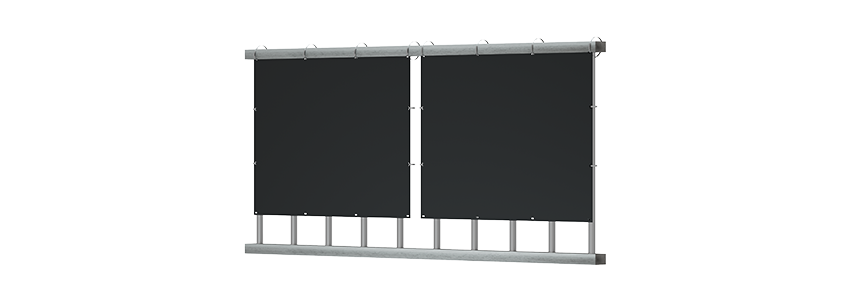
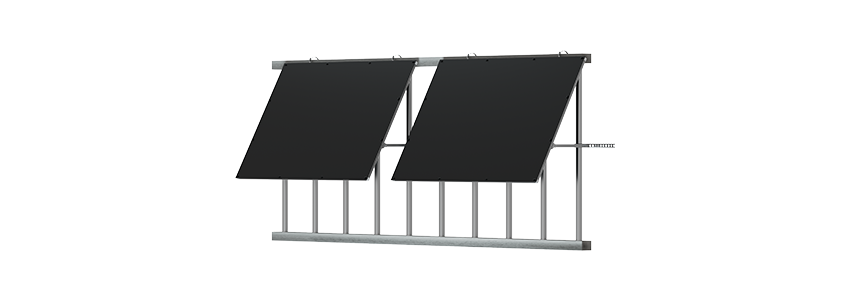

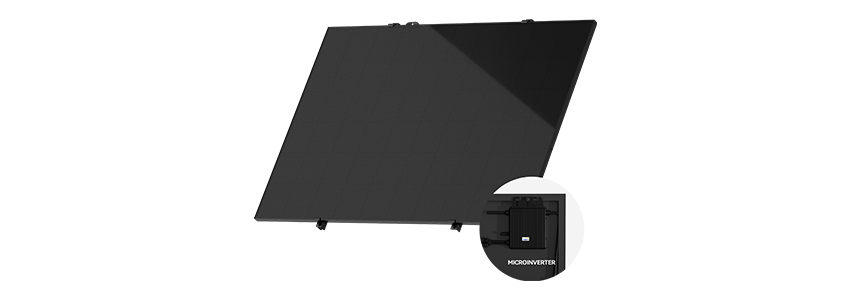
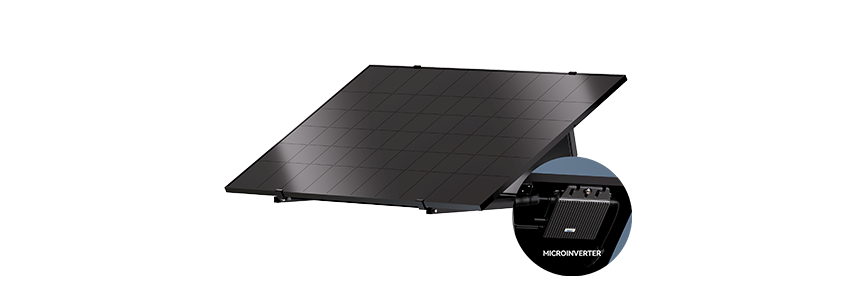
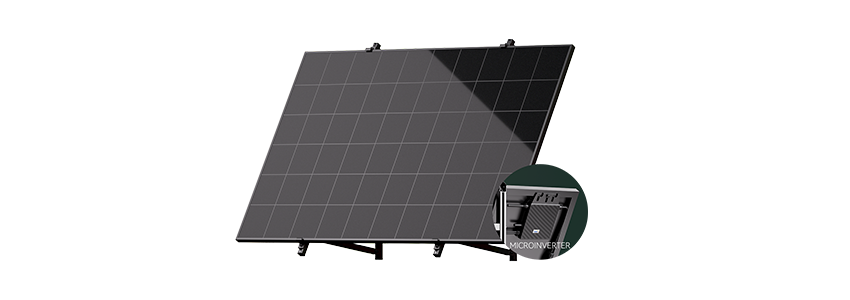
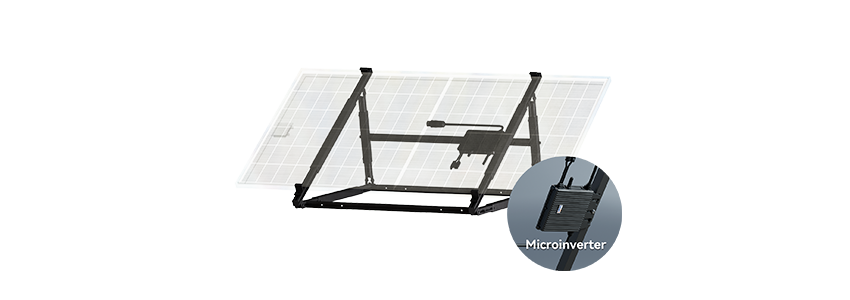
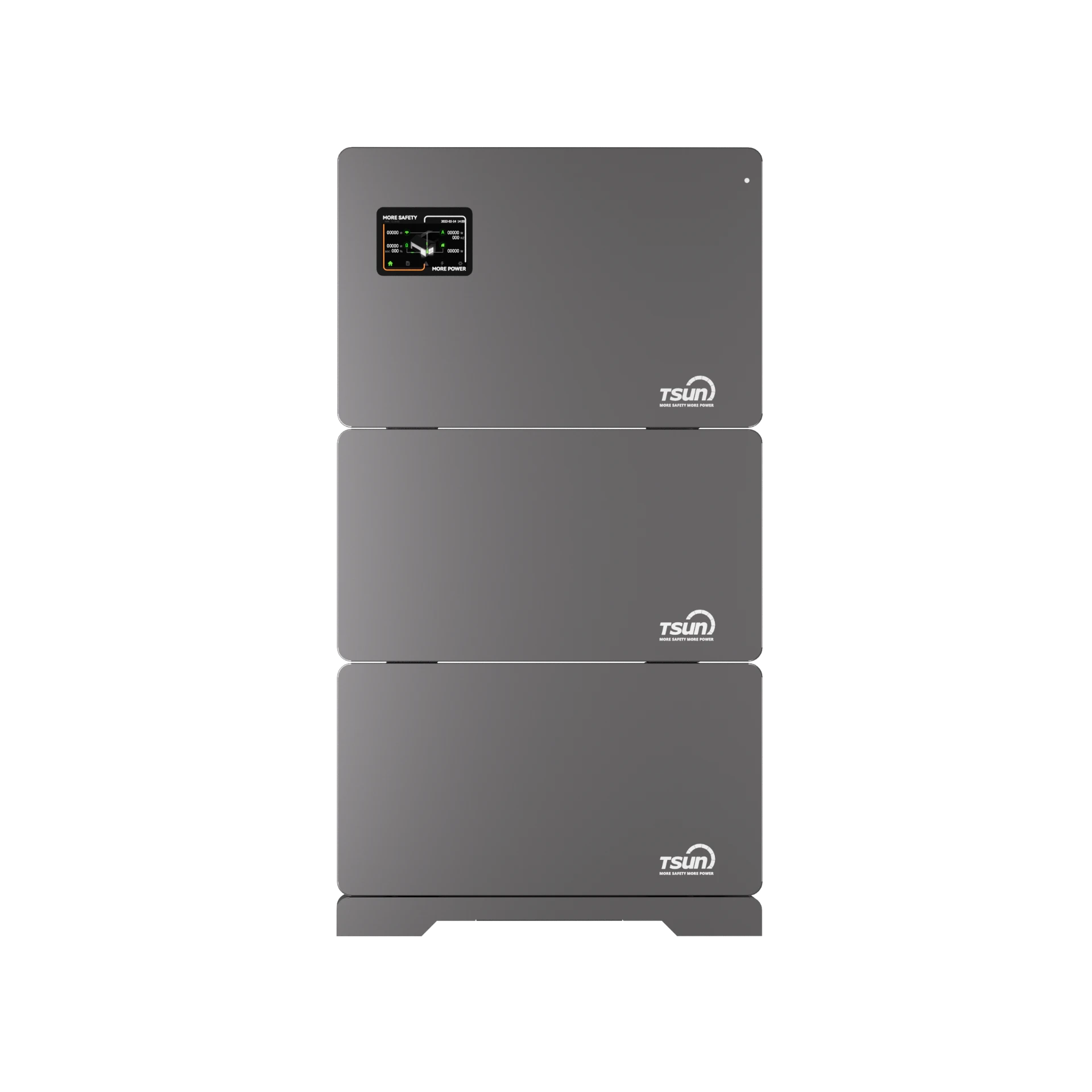




 LEARN DETAILS
LEARN DETAILS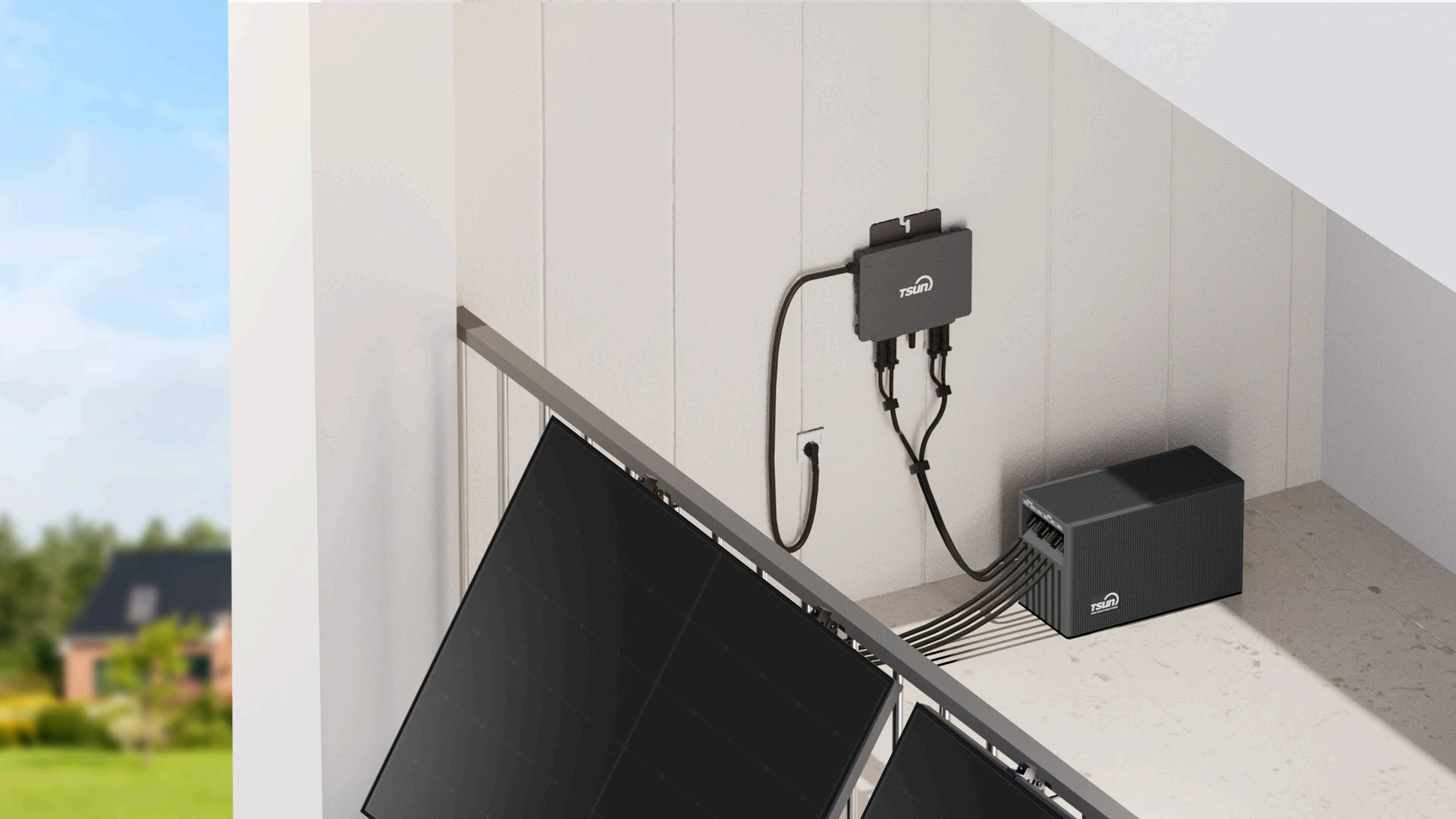
 LEARN DETAILS
LEARN DETAILS
 LEARN DETAILS
LEARN DETAILS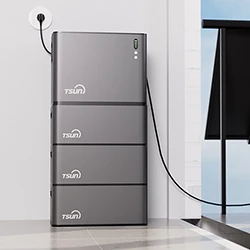
 LEARN DETAILS
LEARN DETAILS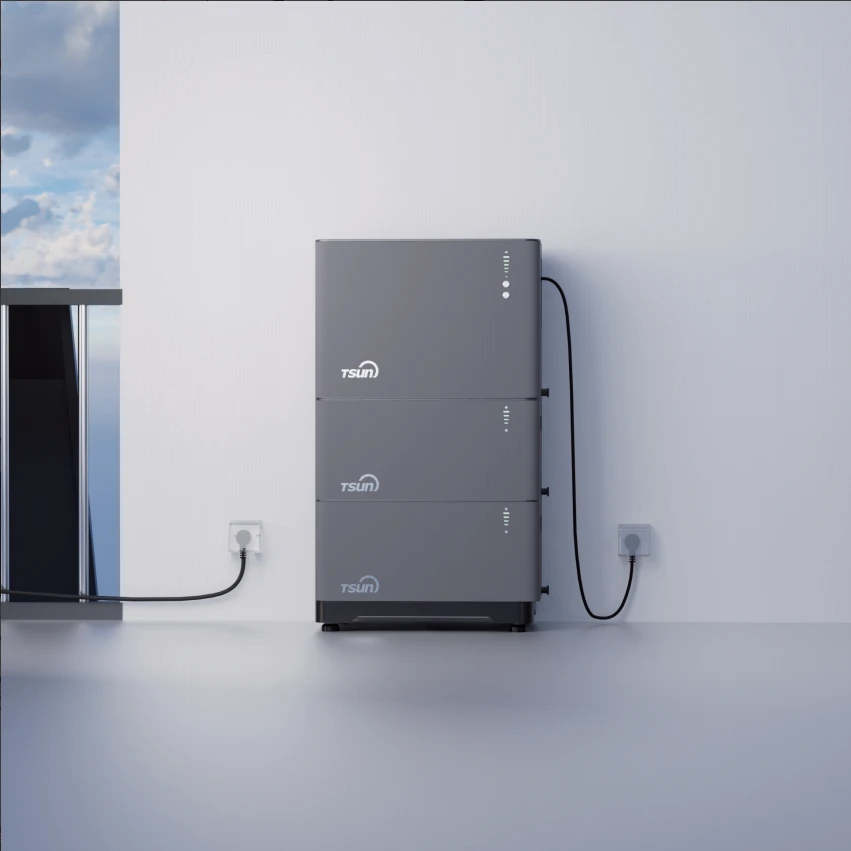
 LEARN DETAILS
LEARN DETAILS

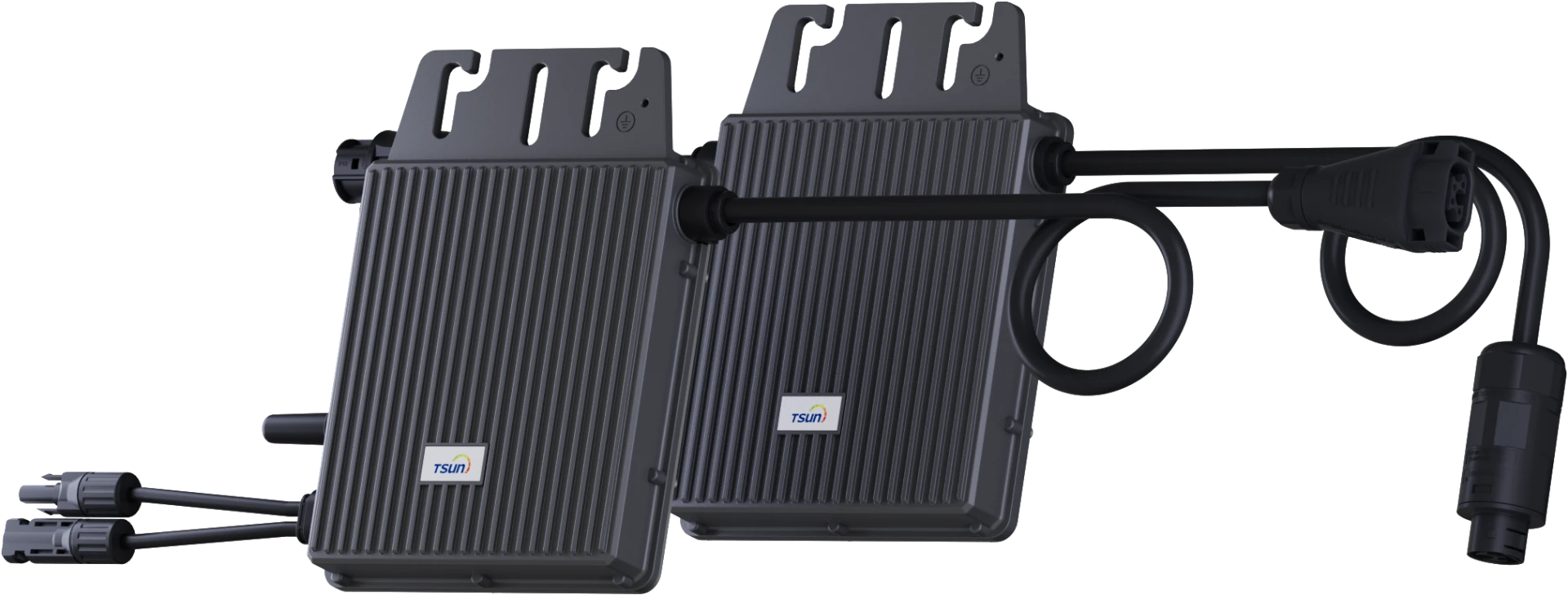

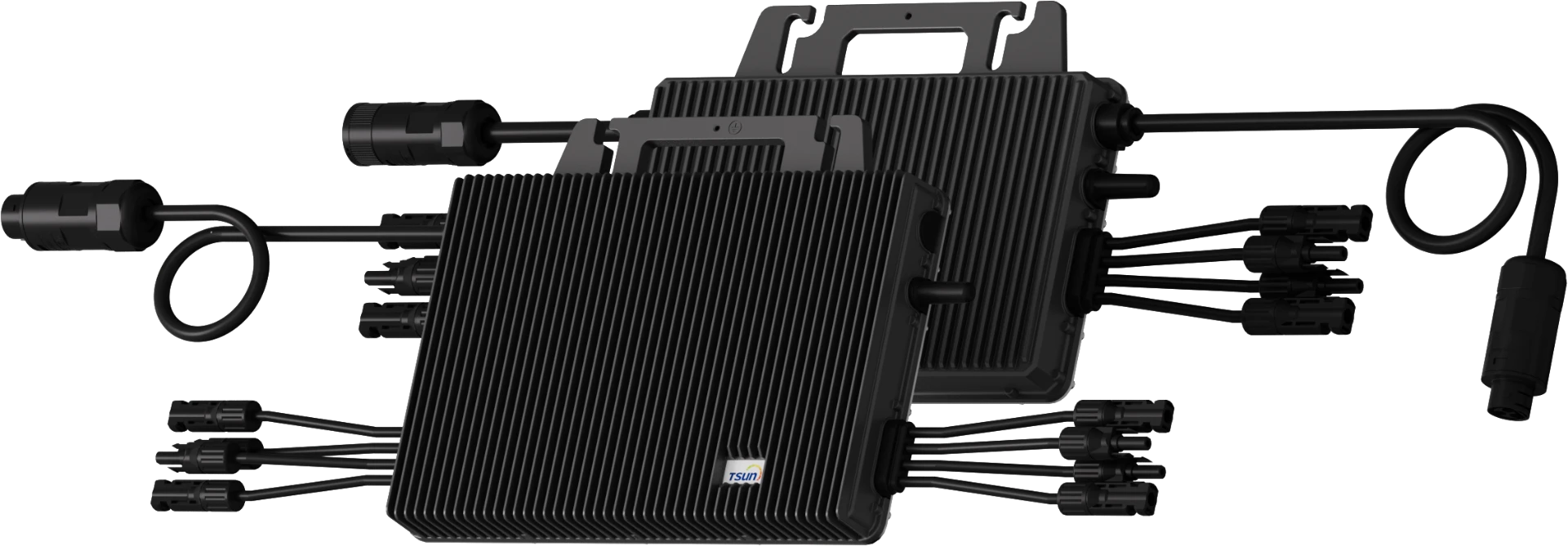
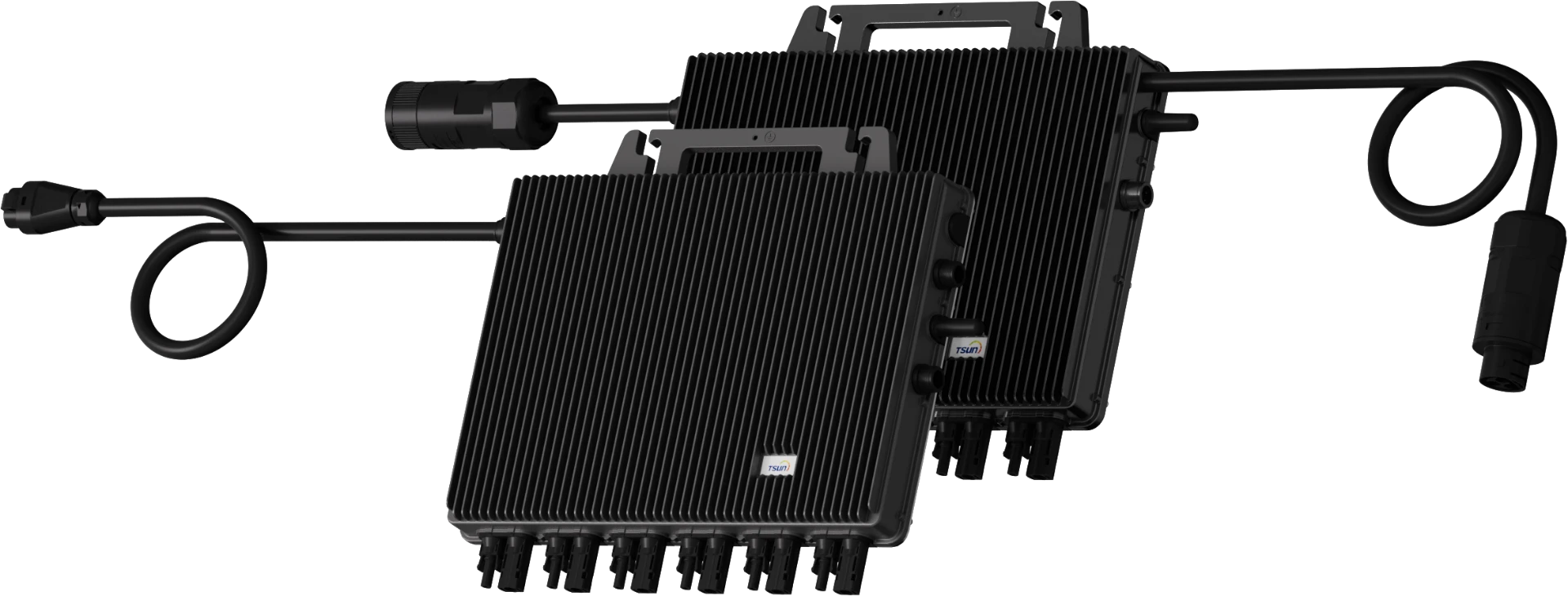
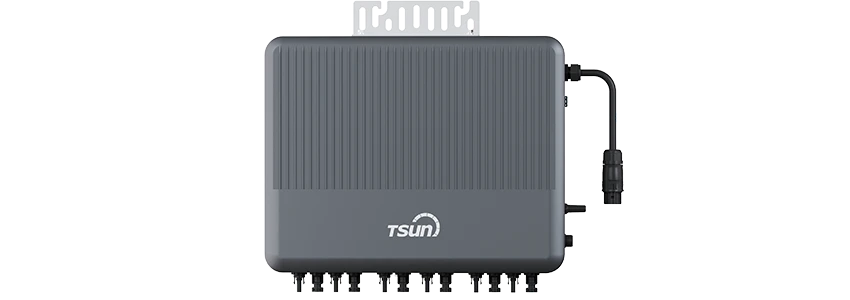
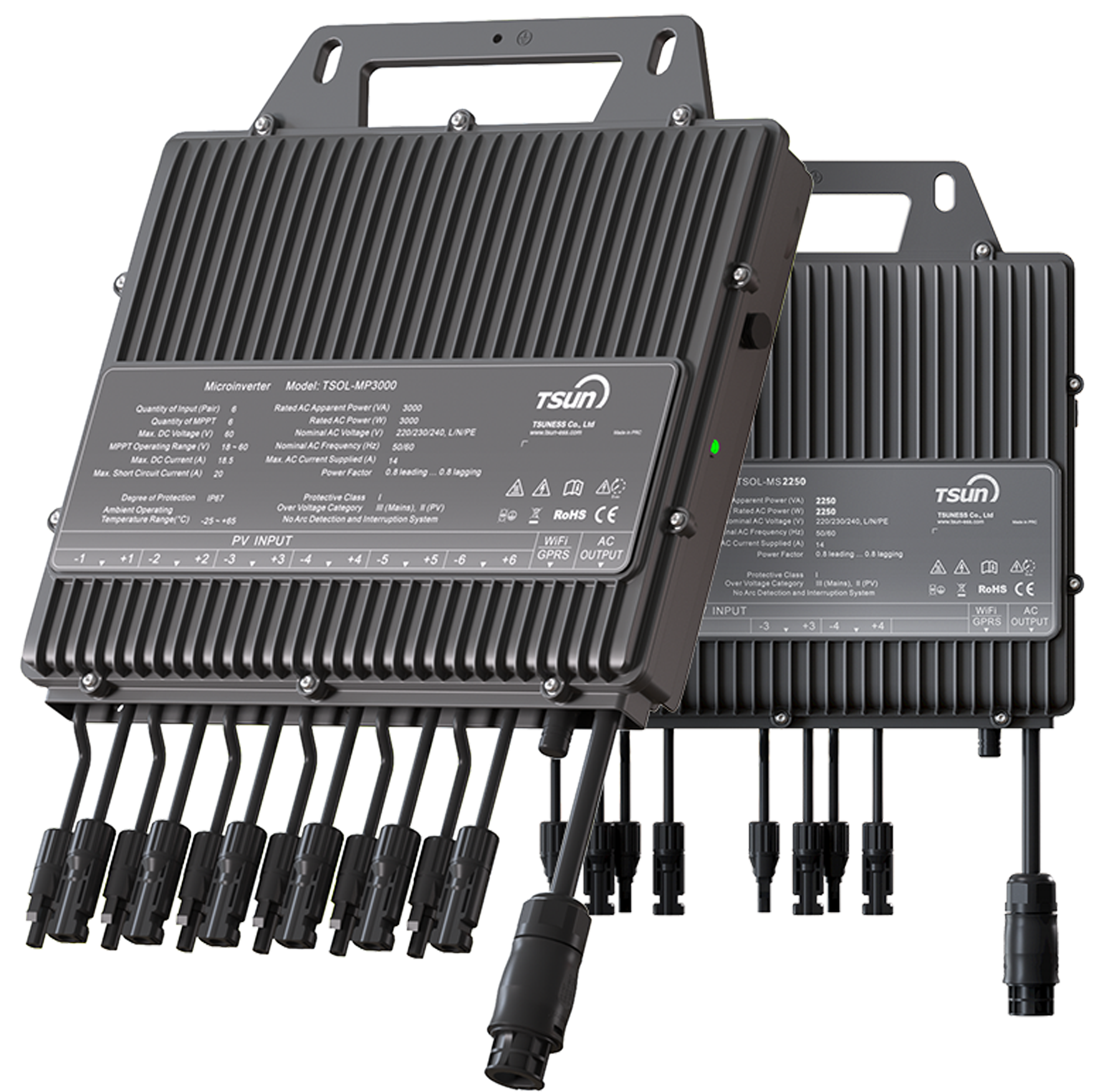

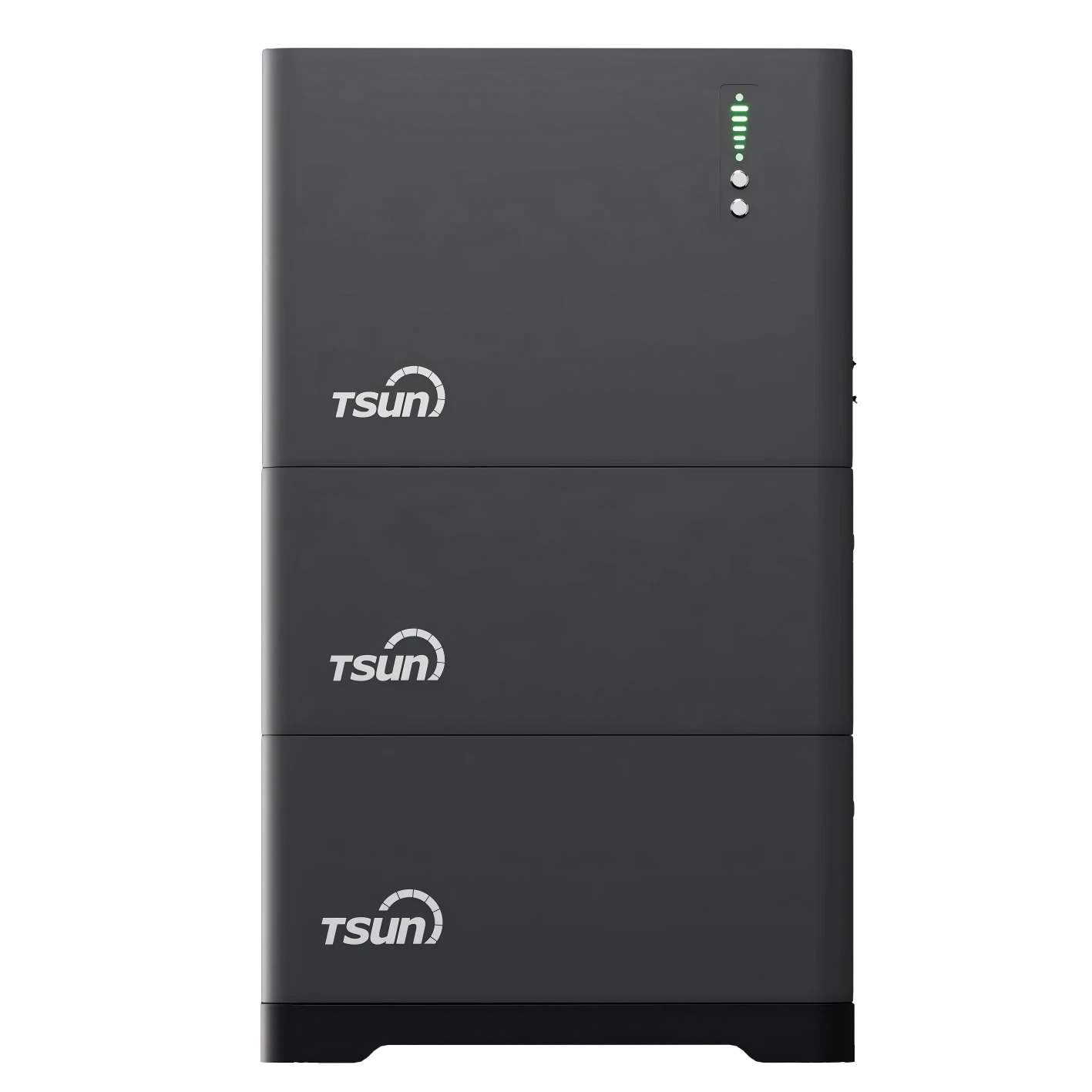
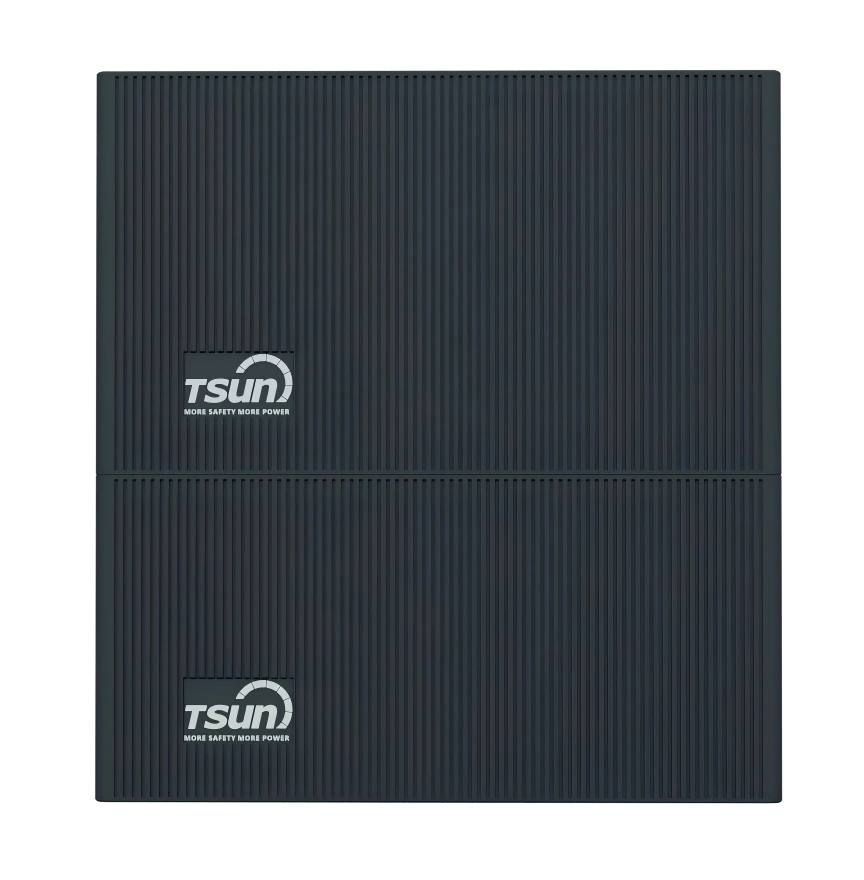



 Downloads
Downloads Video Center
Video Center Report Fault for Repair
Report Fault for Repair FAQS
FAQS Service Network
Service Network Privacy Policy
Privacy Policy Contact us
Contact us Monitoring
Monitoring



 LEARN MORE
LEARN MORE








